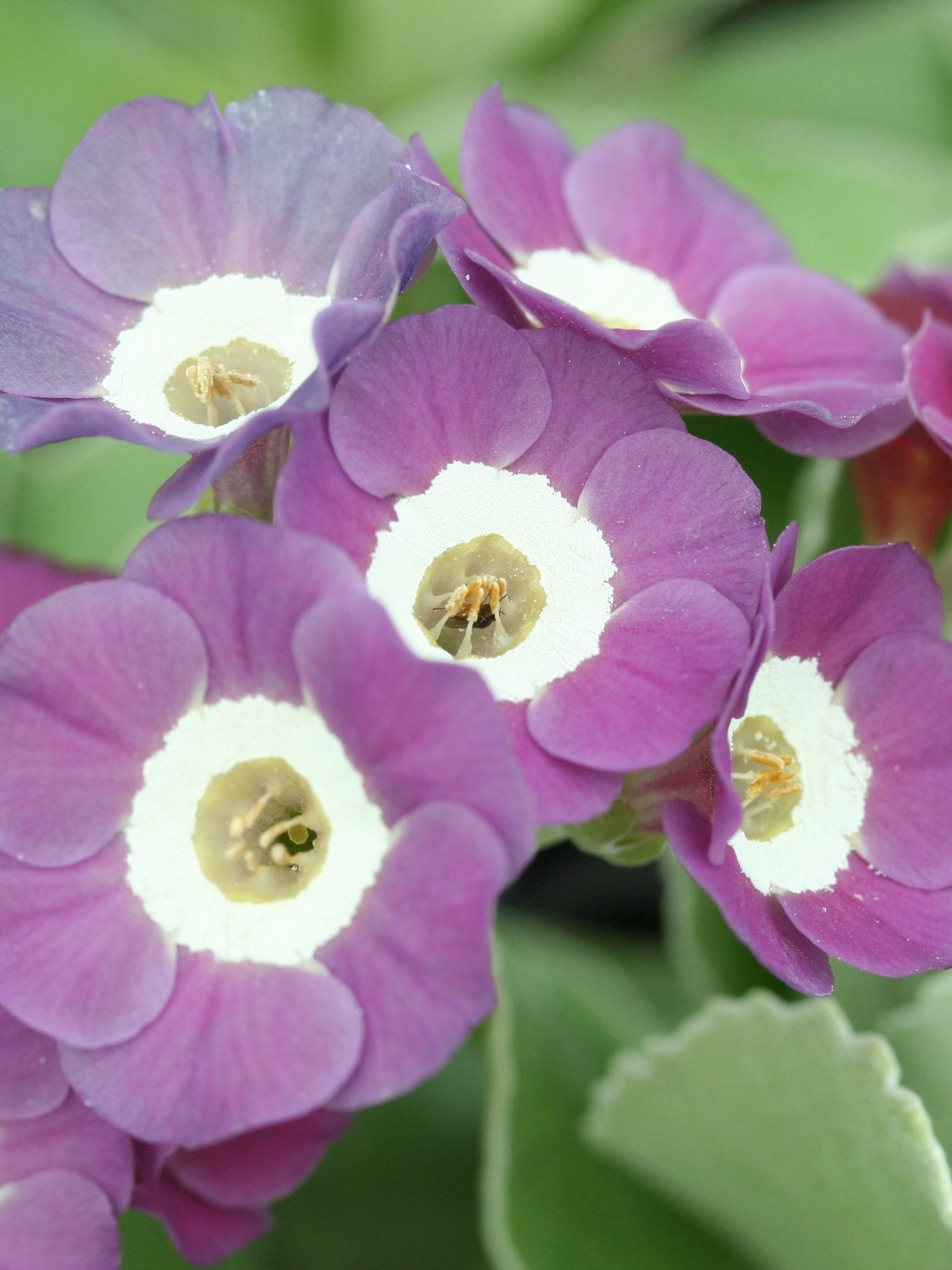


I’d love to know your thoughts about these ears of the woods. Jelly ears are mostly associated with rotting parts of Elder trees ( Sambucus nigra) but are also known to grow on other tree species. I like everything about them! A mature Elder They can be pulled carefully off the wood rather like a bit of turkish delight. When on the tree, they are totally gelatinous, unmistakably ear shaped, have a velvety upper texture, a another under texture and are pure jelly in the middle. They are not crunchy or crackly when fresh however. They have this particular crackle-crunch when cooked and munched and I really like them. Jelly ears don’t have a strong flavour and they smell of the mossy woods which they come from.

I’ll rehydrate these in a cup of water for 15 minutes or so, when I’m ready to slice and cook them. I harvested a small paper bag full, dried most in my oven on a very low heat and cooked up the rest in a curry. It has been shown the potential of AAPs to improve. auricula (AAPs) are typically fungal polysaccharides and have a wide range of biological activities. We found them on the mossy Elder but also on older dead trees which now have no bark so I couldn’t identify those tree species (but they are certainly not Elder). Auricularia auricula-judae is an edible fungus with high nutritional value due to abundant polysaccharides, and is acknowledged as traditional food and medicine in Asia. I harvested a couple whilst out on that walk and went back for more with my daughter, a few days later. Jelly ears are one of just a few fungi that I get excited about when out foraging because they are so straightforward to identify and I love to pick, cook and eat them! Some were enormous! Photo credit: Tony Alvarez The scientific name for these ear shaped beauties is Auricularia auricula-judae. I took an ex-student into the woods for a walk and chat last week and we found these amazing Jelly ear or Wood ear fungi on a mossy old Elder tree. I’m back at work in school now so not too much time to write posts but I just have to share these images with you.


 0 kommentar(er)
0 kommentar(er)
